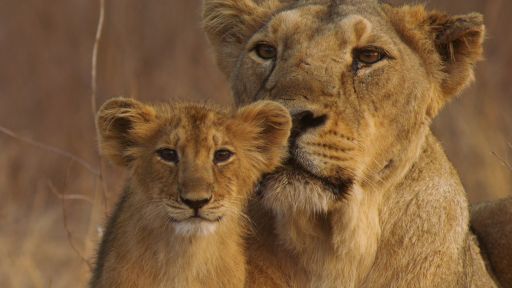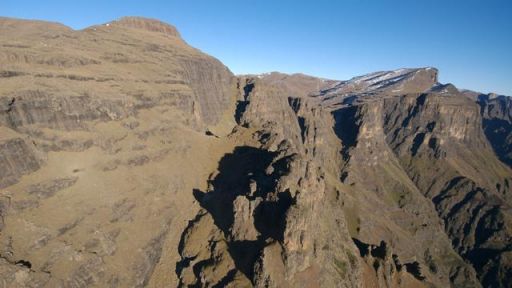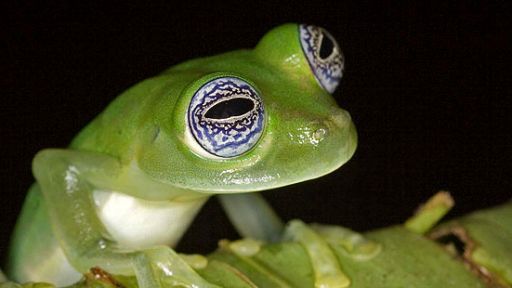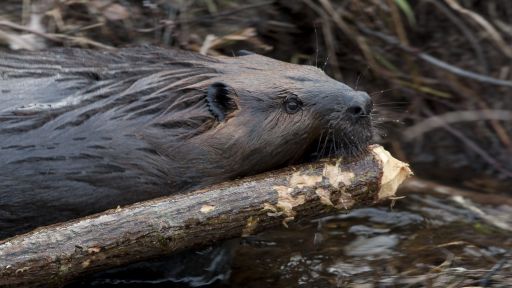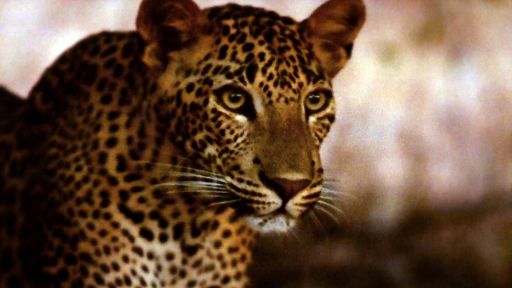In Hawaii, where new land is born as volcanic rock, another birth takes place. A baby humpback enters the world and joins the 3,000 or more whales that congregate in the warm waters off Hawaii each winter to mate and give birth. This is the story of her first year of life. Over twelve months she will learn many skills from her mother, and eventually they will make the several-thousand-mile journey together to Alaska’s southeast coast.
Humpbacks travel between Hawaii and Alaska every year, guided by their internal compass. The krill-rich waters of Alaska’s Alexander Archipelago are the whales’ summer feeding grounds, an environment very different from the calving grounds they have left behind in Hawaii. Here, more than the water temperature changes, the behavior of the whales changes, as well. While fiercely competitive in the breeding season in Hawaii, fighting for mates and protecting young, the opposite is true in Alaska. Whales cooperate, working in teams to gather food in the most efficient way possible. When the summer ends and the food is gone, mother and baby will head back to Hawaii again.
The young humpback calf has only a year to learn the subtleties of whale society before she is left by her mother to continue her education on her own, learning from observation and experience. It’s an incredible journey between two strikingly different environments that reveals the true complexity of the fellowship of the whales.
Photo © 2008 (Peggy Stap / Hawaii Whale Research Foundation) under NMFS Research Permit No. 587-1767-01


